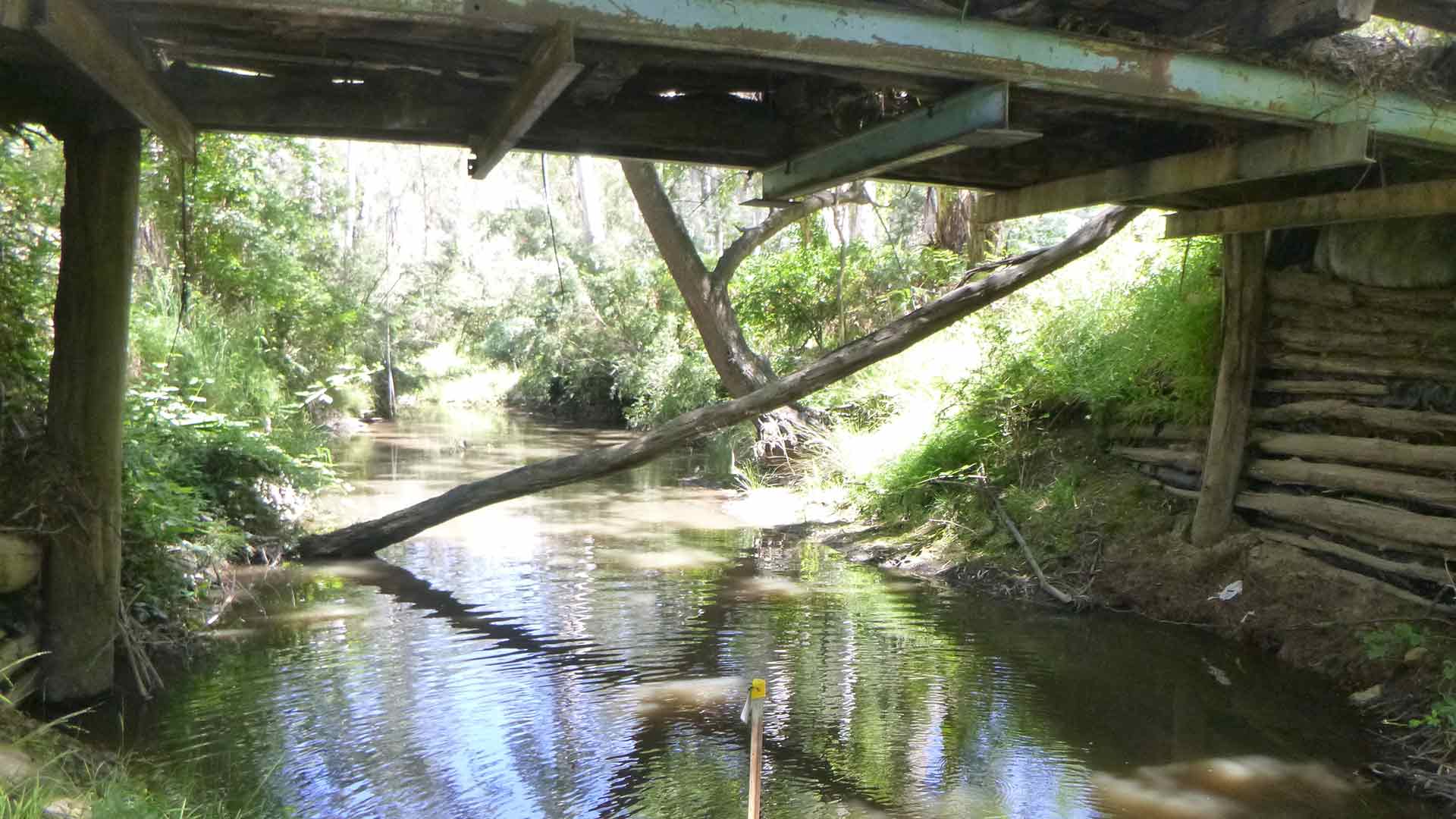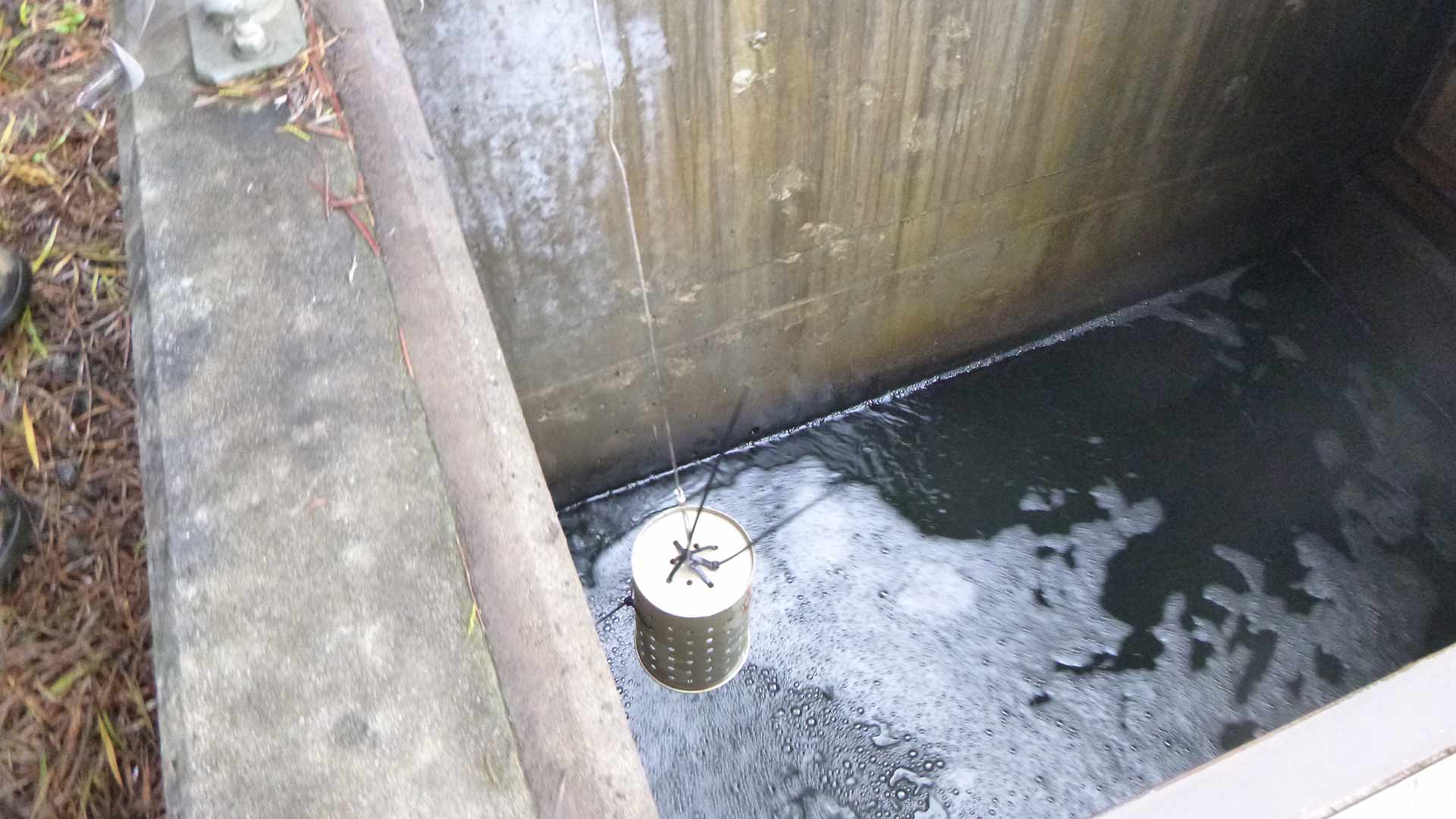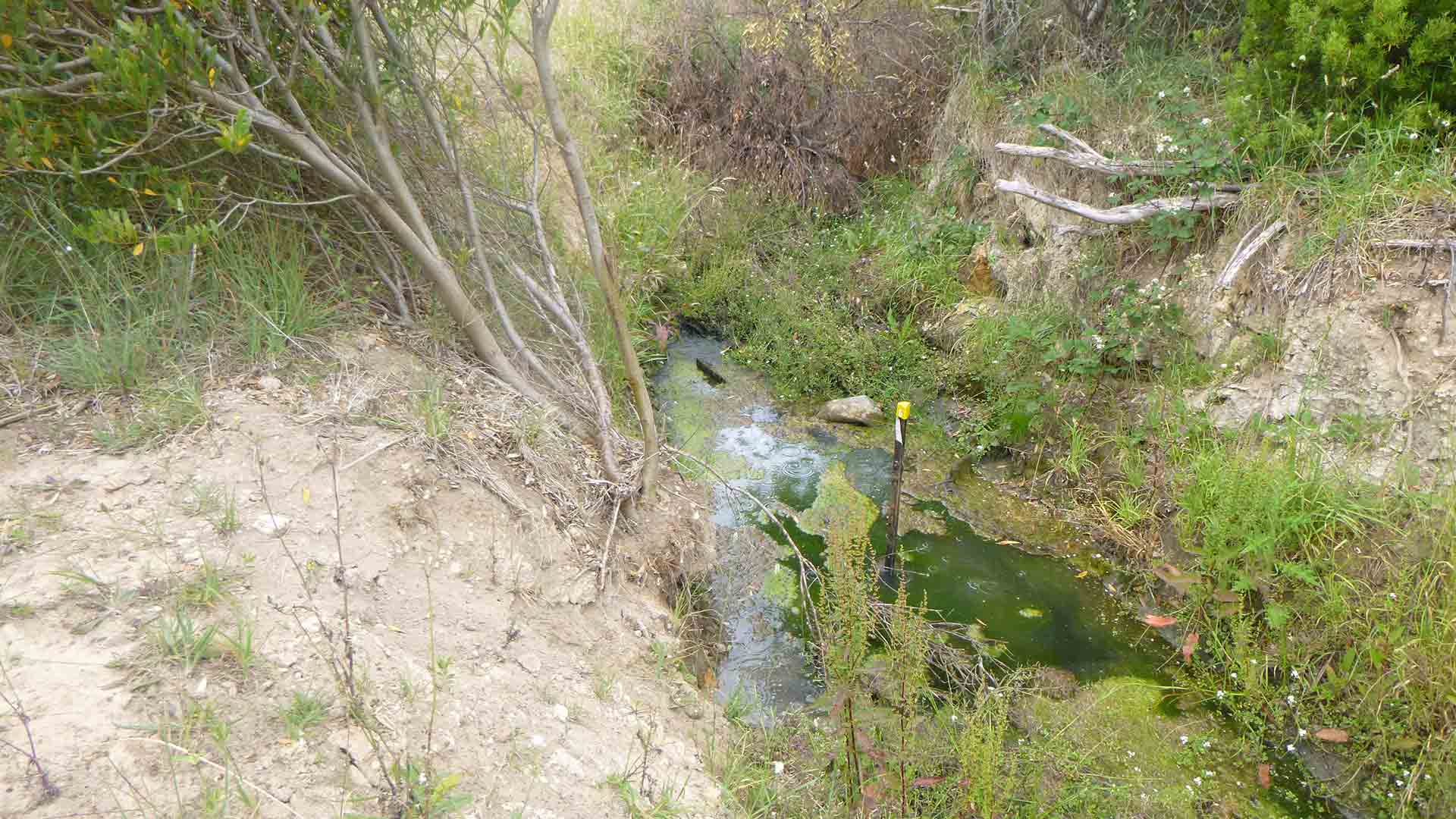Background
A Victorian water corporation had a long-term monitoring program focussed on pesticides in surface waters, which reflect agricultural and land use practice in the area. A multitude of new pesticides come onto the market each year, meaning that the program has become outdated. To ensure that the program remains effective at informing management decisions a review and recommendations for a refreshed pesticide sampling program was provided.

Why monitor for pesticides?
Water Treatment Managers need to know what is in the raw water that will be treated to a drinking water standard. Knowing what is in the raw water informs what needs to be removed during the treatment process.
Catchment management authorities would like to know what pesticides may be present in the environment that may pose a threat to ecosystems.
Key points
- A desk top review of all surface water, sediment and passive sampling was undertaken, followed by a review which identified pesticides likely to be used and transported to surface waters from agriculture and other land use in the region.
- Field work occurred to test new techniques and determine presence/ absence of target pesticides, to compare grab sampling (a sample taken at a moment in time) to passive sampling (samplers which are deployed over 2 to 4 weeks and sample continuously).
- Eighty-one (81) pesticides were identified as potentially occurring in this region, 72 were new to the program.
- Pesticides that were not detected in water and sediment grab samples were detected in passive samplers
- Recommendations included adding passive sampling and extending the range of pesticides on the screening list
Similar reviews can be tailored to your needs.


Completed
2020
#passive samplers #pesticides #monitoring programs #review


